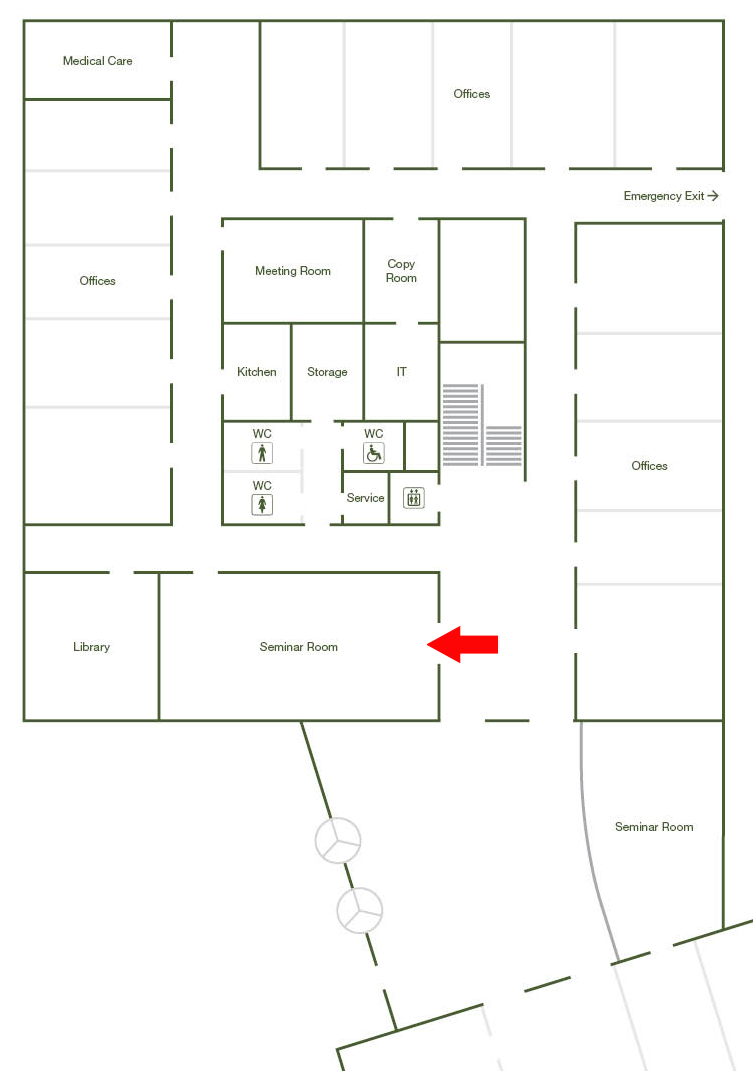Quantum dot physics in Majorana nanowires
Date
Tuesday, October 30, 2018 11:00 - 12:30
Speaker
Ramón Aguado (, Instituto de Ciencia de Materiales de Madrid)
Location
Big Seminar room Ground floor / Office Bldg West (I21.EG.101)
Series
Seminar/Talk
Tags
Physical Sciences Seminar
Host
Georgios Katsaros
Contact

An interacting quantum dot coupled to a superconducting contact is an artificial analogue of a quantum impurity in a superconductor. The physics of such hybrid device is governed by the fermionic parity and spin of the two possible ground states, doublet or singlet (and their corresponding Andreev sub-gap excitations). After an introduction on the physics of Andreev excitations in quantum dots coupled to superconductors [1-3], I will explain what happens when this paradigmatic model is generalised to the case where the superconductor becomes topological. Such a quantum dot-topological superconductor junction can be experimentally realised by e. g. creating quantum dots at the end of epitaxial hybrid semiconductor-superconductor nanowires. As I will argue, the hybridisation between Andreev states in the dot and Majoranas in the nanowire show specific and measurable spectral features that arise from the interplay of these states. Interestingly, these features are enough to fully characterise the spin structure of the Majorana wavefunction, the degree of Majorana non-locality and the Majorana splitting. Thus, quantum dots used to perform spectroscopy of a Majorana nanowire are a powerful probe into the quantum structure of Majorana bound states [4,5] and constitute an interesting alternative to other techniques for Majorana detection.[1] Eduardo J. H. Lee, Xiaocheng Jiang, Georgios Katsaros, Ramon Aguado, Charles M. Lieber and Silvano De Franceschi, Phys. Rev. Lett. 109, 186802 (2012)[2] Eduardo J. H. Lee, Xiaocheng Jiang, Manuel Houzet, Ramon Aguado, Charles M. Lieber and Silvano De Franceschi, Nature Nanotech., 9, 79-84 (2014)[3] Eduardo J. H. Lee, Xiaocheng Jiang, Rok Zitko, Ramon Aguado, Charles M. Lieber and Silvano De Franceschi, Phys. Rev. B 95, 180502 (2017)[4] E. Prada, R. Aguado and P. San Jose, Phys. Rev. B 96, 085418 (2017)[5] M. T. Deng, S. Vaitieknas, E. Prada, P. San-Jose, J. Nygrd, P. Krogstrup, R. Aguado, C. M. Marcus, Phys. Rev. B 98, 085125 (2018)